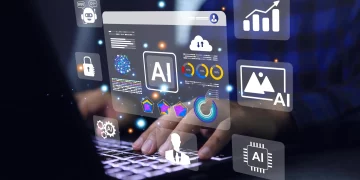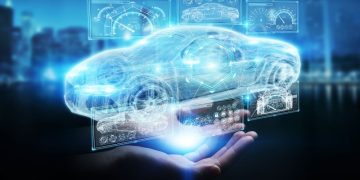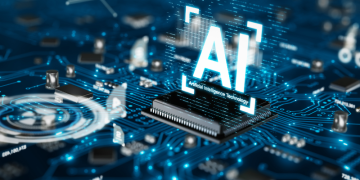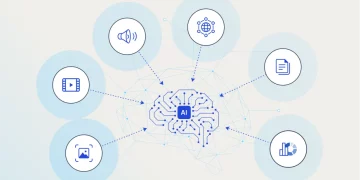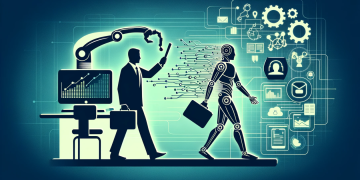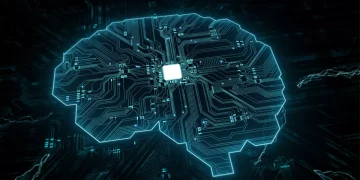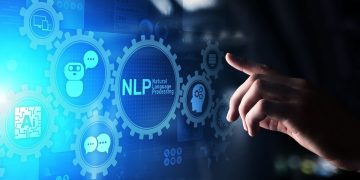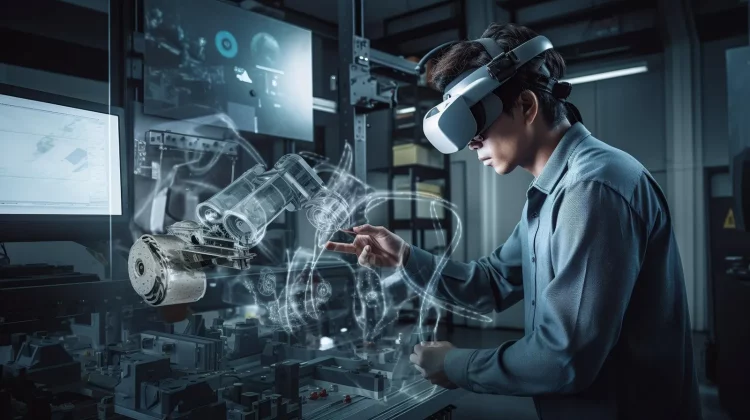Introduction
Manufacturing has always been at the core of global economies, and in recent years, it has undergone a profound transformation driven by technological advancements. Artificial Intelligence (AI) is emerging as one of the most impactful forces reshaping the manufacturing landscape. With the rise of smart factories and intelligent production lines, AI is helping manufacturers reduce costs, enhance efficiency, and maintain competitiveness in an increasingly digital world.
In this article, we will explore the key AI breakthroughs in the manufacturing sector, examining real-world case studies where AI has led to significant improvements in cost management and production efficiency. We will also look at the future potential of AI in manufacturing and how it is setting the stage for the next industrial revolution.
1. AI in Predictive Maintenance: Reducing Downtime and Costs
1.1 AI-Powered Predictive Maintenance: Foreseeing Equipment Failures Before They Happen
In traditional manufacturing environments, unplanned machine breakdowns are costly, leading to production delays, lost revenue, and expensive repairs. Predictive maintenance, powered by AI, uses data collected from sensors and historical performance to predict when a piece of equipment is likely to fail. By identifying potential failures early, manufacturers can schedule maintenance only when necessary, avoiding costly emergency repairs.
Case Study: Siemens and Predictive Maintenance in Gas Turbines
- Challenge: Unforeseen breakdowns of gas turbines used in power plants can result in expensive repair costs and long periods of downtime.
- AI Solution: Siemens, a global leader in industrial manufacturing, has implemented AI-driven predictive maintenance in their gas turbines. The system uses real-time data from turbine sensors to identify patterns of wear and tear, forecasting potential failures before they occur. Machine learning models analyze vibration, temperature, and pressure data, predicting the lifespan of various components.
- Outcome: Siemens has seen a 25% reduction in maintenance costs and a 20% improvement in turbine uptime, leading to lower operational costs and increased revenue generation.
Other Notable Examples:
- General Electric (GE): GE uses AI in its Predix platform for predictive maintenance, analyzing data from sensors embedded in industrial machines to identify issues early and schedule preventive maintenance.
- Toyota: Toyota has leveraged AI to predict failures in production equipment, leading to lower maintenance costs and higher operational availability across its manufacturing plants.
2. AI in Supply Chain Optimization: Enhancing Efficiency and Reducing Waste
2.1 AI for Demand Forecasting: Optimizing Inventory and Production Schedules
One of the major challenges in manufacturing is maintaining the delicate balance between supply and demand. Overstocking can lead to wasted resources, while understocking can cause delays in production. AI-driven demand forecasting algorithms are helping manufacturers make more accurate predictions about product demand, thereby optimizing inventory levels, reducing waste, and improving overall efficiency.
Case Study: Coca-Cola and AI in Supply Chain Optimization
- Challenge: Coca-Cola, as a global manufacturer, needs to ensure that its supply chain runs efficiently across multiple regions while minimizing waste and cost.
- AI Solution: Coca-Cola partnered with Google Cloud to implement an AI-based demand forecasting system. The system uses machine learning algorithms to analyze historical sales data, social media trends, and market conditions to predict consumer demand in real-time.
- Outcome: Coca-Cola reported a 50% reduction in stockouts and a 25% reduction in inventory costs. The company was able to streamline its supply chain, ensure that production aligned closely with demand, and avoid overproduction or shortages.
Other Notable AI Supply Chain Optimization Systems:
- BMW: BMW uses AI to optimize its supply chain by predicting disruptions and improving inventory management, helping to reduce production delays.
- Unilever: Unilever employs AI for inventory management and demand forecasting, improving delivery accuracy and reducing waste in its manufacturing processes.
2.2 AI-Driven Automation: Enhancing Production Line Efficiency
AI is enabling advanced automation in manufacturing, particularly in tasks that require flexibility, precision, and speed. AI algorithms are helping to streamline workflows, reduce human error, and optimize resource allocation. When combined with robotics and Internet of Things (IoT) technologies, AI is taking automation to the next level, resulting in smart, self-optimizing production lines.
Case Study: Tesla and AI in Production Line Automation
- Challenge: Tesla’s goal is to produce electric vehicles (EVs) at a scale and speed that meets growing demand, while maintaining high quality and low cost.
- AI Solution: Tesla’s Gigafactories employ AI-powered robots and smart automation systems throughout their production lines. The robots use machine learning to optimize assembly processes based on real-time data, adjusting tasks like painting, welding, and assembly based on operational conditions. Additionally, AI helps Tesla’s supply chain respond quickly to fluctuations in demand.
- Outcome: AI-driven automation has led to faster production times and lower manufacturing costs. Tesla’s ability to continuously optimize its production lines has allowed the company to scale production efficiently, reducing costs per unit while improving quality.
3. AI in Quality Control: Enhancing Product Quality and Reducing Defects
3.1 AI-Based Visual Inspection: Detecting Defects Faster and More Accurately
In manufacturing, quality control is crucial to maintaining customer satisfaction and avoiding costly returns or recalls. AI-based visual inspection systems use computer vision algorithms to analyze products on production lines for defects, ensuring that only high-quality products reach customers.
Case Study: BMW and AI for Visual Quality Inspection
- Challenge: BMW needs to ensure that the high-quality standards of its vehicles are maintained across all production lines.
- AI Solution: BMW implemented an AI-driven visual inspection system that uses deep learning algorithms and computer vision to detect manufacturing defects in real-time. The system is able to identify defects in the bodywork, paint, and assembly that are too small for the human eye to see.
- Outcome: BMW has significantly reduced product defects and improved the overall quality of its vehicles. The AI system also allows for faster identification of quality issues, reducing the time spent on manual inspections and minimizing downtime.
Other Notable AI Quality Control Systems:
- Foxconn: Foxconn uses AI-powered visual inspection in its electronics manufacturing to detect defects in components such as circuit boards and screens.
- Samsung: Samsung employs AI for quality control in its semiconductor manufacturing process, ensuring that products meet high standards of quality and precision.
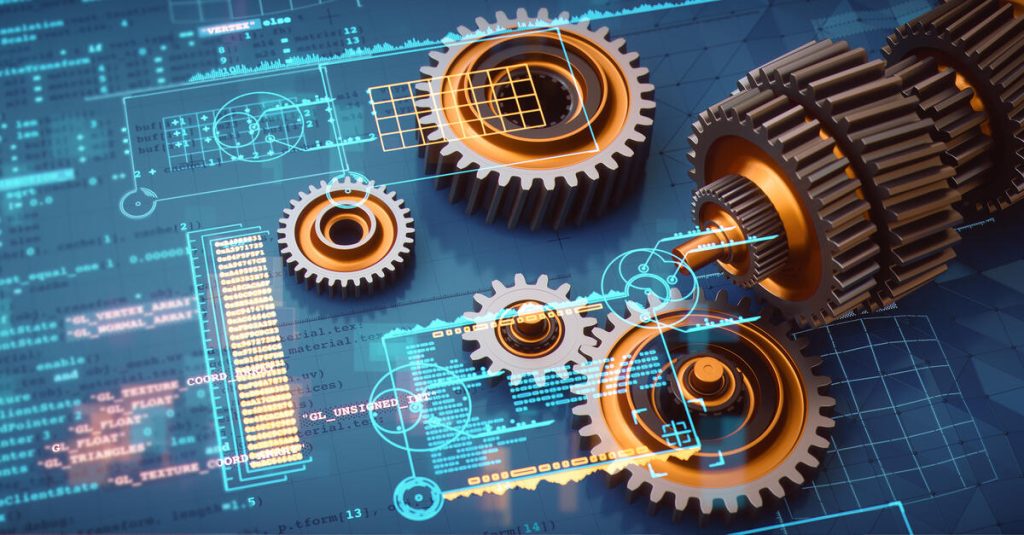
4. AI in Energy Management: Reducing Operational Costs
4.1 AI for Energy Consumption Optimization: Lowering Operational Expenses
Manufacturing operations consume a significant amount of energy, and inefficient energy use can lead to substantial operational costs. AI technologies help manufacturers optimize their energy consumption, reducing costs and environmental impact by analyzing data from energy usage patterns and making real-time adjustments.
Case Study: Schneider Electric and AI for Energy Efficiency
- Challenge: Schneider Electric, a global energy management company, needed to optimize energy consumption across its global manufacturing plants to lower operational costs and reduce its carbon footprint.
- AI Solution: The company deployed AI-powered energy management systems that analyze energy consumption patterns and make real-time adjustments to optimize energy use. Machine learning algorithms help forecast demand and adjust production schedules to reduce energy waste.
- Outcome: Schneider Electric achieved a 20% reduction in energy consumption across its manufacturing facilities, resulting in significant cost savings and a lower carbon footprint.
5. The Future of AI in Manufacturing: A Glimpse into Industry 4.0
As AI continues to evolve, the future of manufacturing will be increasingly driven by smart production systems that integrate AI, IoT, big data, and robotics to create more autonomous, efficient, and cost-effective operations.
Key trends include:
- AI-Driven Autonomous Factories: The next wave of manufacturing will involve fully autonomous factories where AI systems not only monitor and optimize production but also manage supply chains, quality control, and inventory without human intervention.
- Collaborative Robots (Cobots): AI-powered robots will work alongside human workers, performing tasks such as assembly, packaging, and inspection, while humans focus on more complex decision-making.
- AI in Sustainability: As manufacturers focus on sustainability, AI will be used to optimize the use of resources, reduce waste, and improve recycling processes in production lines.
Conclusion
AI is revolutionizing the manufacturing industry, driving improvements in cost efficiency and production capabilities across the board. From predictive maintenance to smart automation, AI technologies are helping manufacturers achieve greater productivity, reduce downtime, and improve product quality while lowering operational costs.
The case studies explored in this article—such as Siemens, Tesla, and BMW—demonstrate the substantial benefits that AI-driven innovations bring to the manufacturing sector. As the technology continues to advance, AI will be an integral part of shaping the future of manufacturing, driving industry 4.0 and enabling smarter, more sustainable production systems worldwide.




